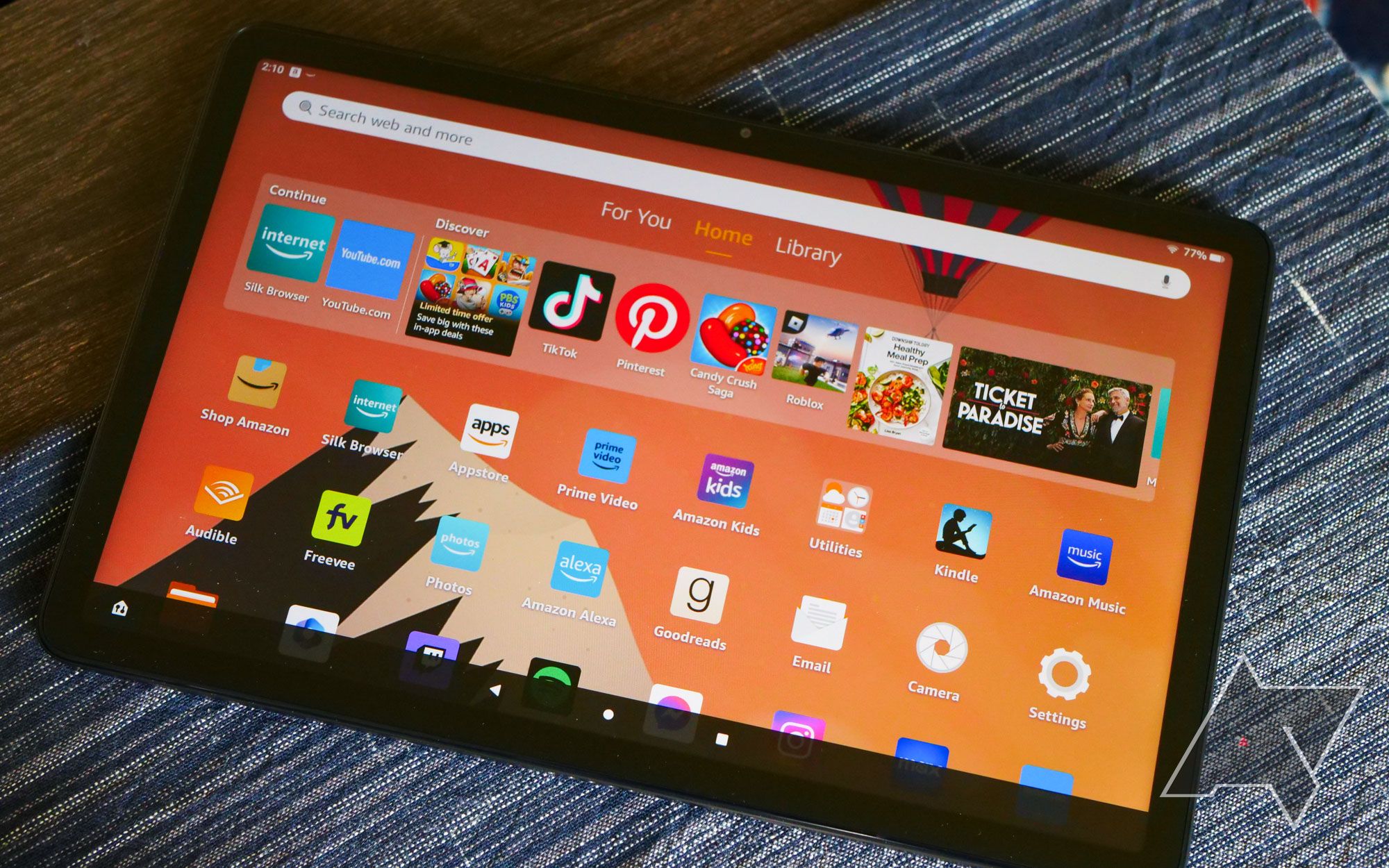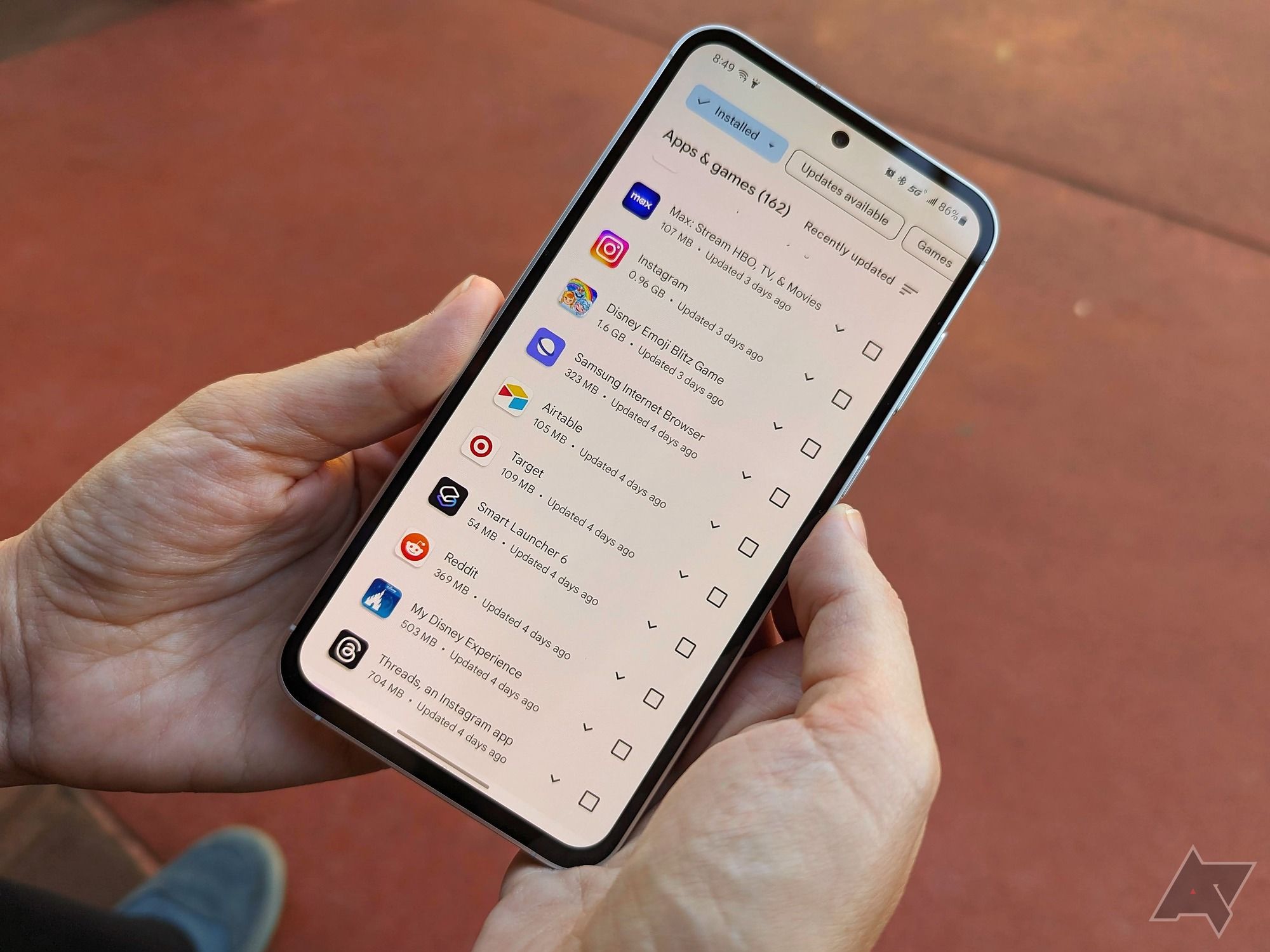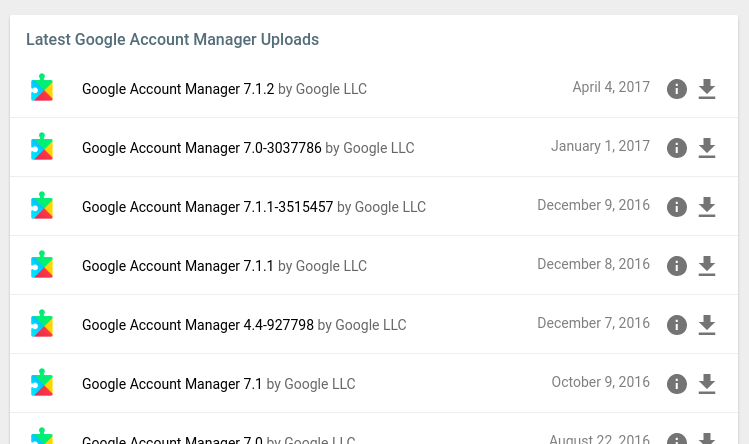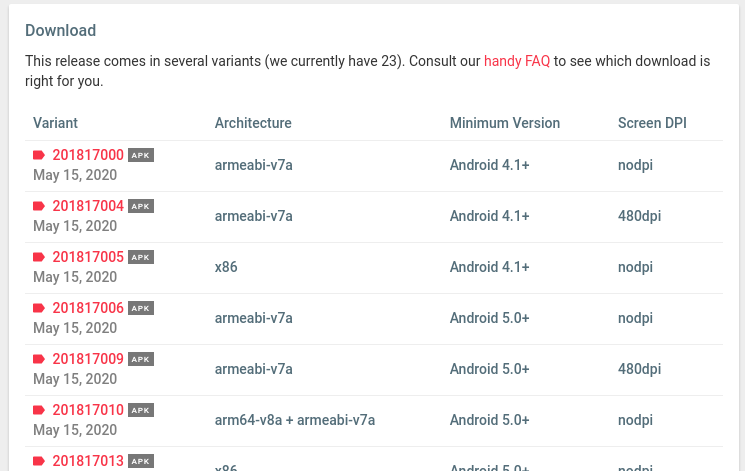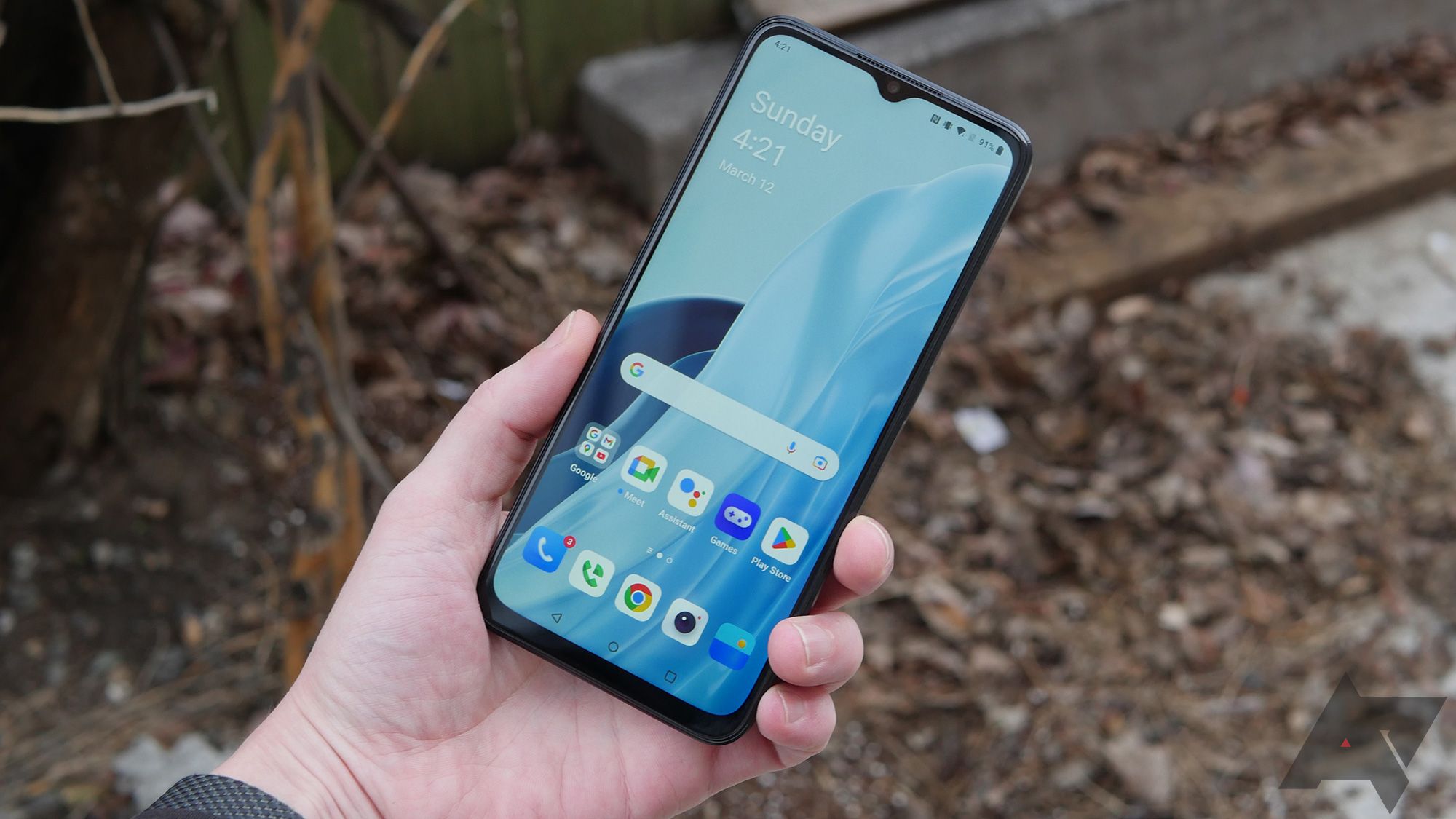There's been a lot of noise surrounding app stores lately. With Apple opening access to third-party app platforms in the EU, the iPhone is — at least in some regions — feeling more like Android. But on this side of the walled garden, we experienced flexibility and freedom from the start, and it doesn't seem like that'll change any time soon.
With that freedom comes downsides. While most users get their favorite apps from Google Play, certain devices — like Amazon's lineup of Fire Tablets — don't include Google Play Services. That means no Gmail, YouTube, or Play Store support.
Installing and using the Play Store isn't complicated. Still, it's more complex than downloading and installing an APK file. The installation process may require some fiddling, and it may not work on your device, which means you'll try the installation process without any guarantee of success. But for most users, getting Play Services up and running isn't difficult, especially with some guidance.
While we can't guarantee these steps work for every gadget, installing the Play Store on your smartphone or tablet is within reach. Here's how to get your favorite Android app store on any device.
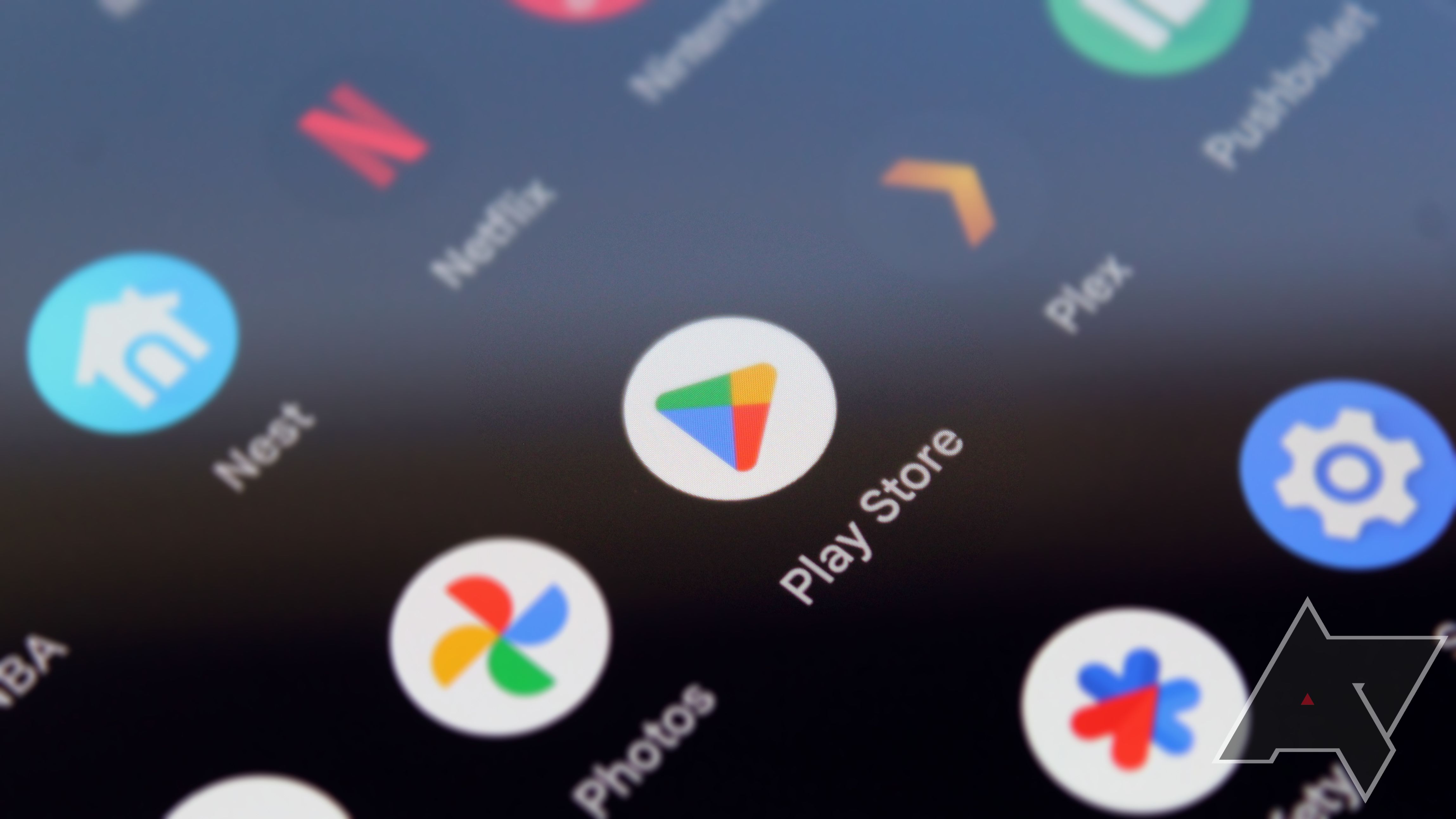
How to install the Google Play Store on every Amazon Fire tablet
Get the apps you want on your brand-new deviceConsider alternatives to the Google Play Store
While Google's services are straightforward, installing them on a device that hasn't passed Google's SafetyNet requirements can be a headache. This means some applications, like Google Wallet, don't work correctly or can't be installed. Because of this, you may reach the end of this guide without an operational Play Store on your device. If you want to save time and possibly frustration, use other marketplaces as Google Play Store replacements, which are easier to install. You'll find plenty of alternatives to the Google Play Store available online, and they don't require jumping through hoops to install.
Not sure which to check out? Here are three of our favorite alternatives.
The Amazon Appstore as a Google Play Store replacement
Amazon's Android variant, Fire OS, ships with the company's tablets and phones. Since its devices don't come with Google's services preinstalled, the company developed its own marketplace for Fire tablets and phones. Fire OS is also available for any Android device without going through a complex setup process.
The Amazon Appstore offers many games and apps that don't require installing Google services. Most essential apps are found on the Amazon Appstore since developers want Fire OS users to download and use them seamlessly. However, some apps, such as Slack, Telegram, and all Google apps like Chrome and Gmail, may not be available.
Still, consider trying the Amazon Appstore to see if you can find your favorite apps. If most are available, download the remaining ones manually instead of installing Google's Play Services.
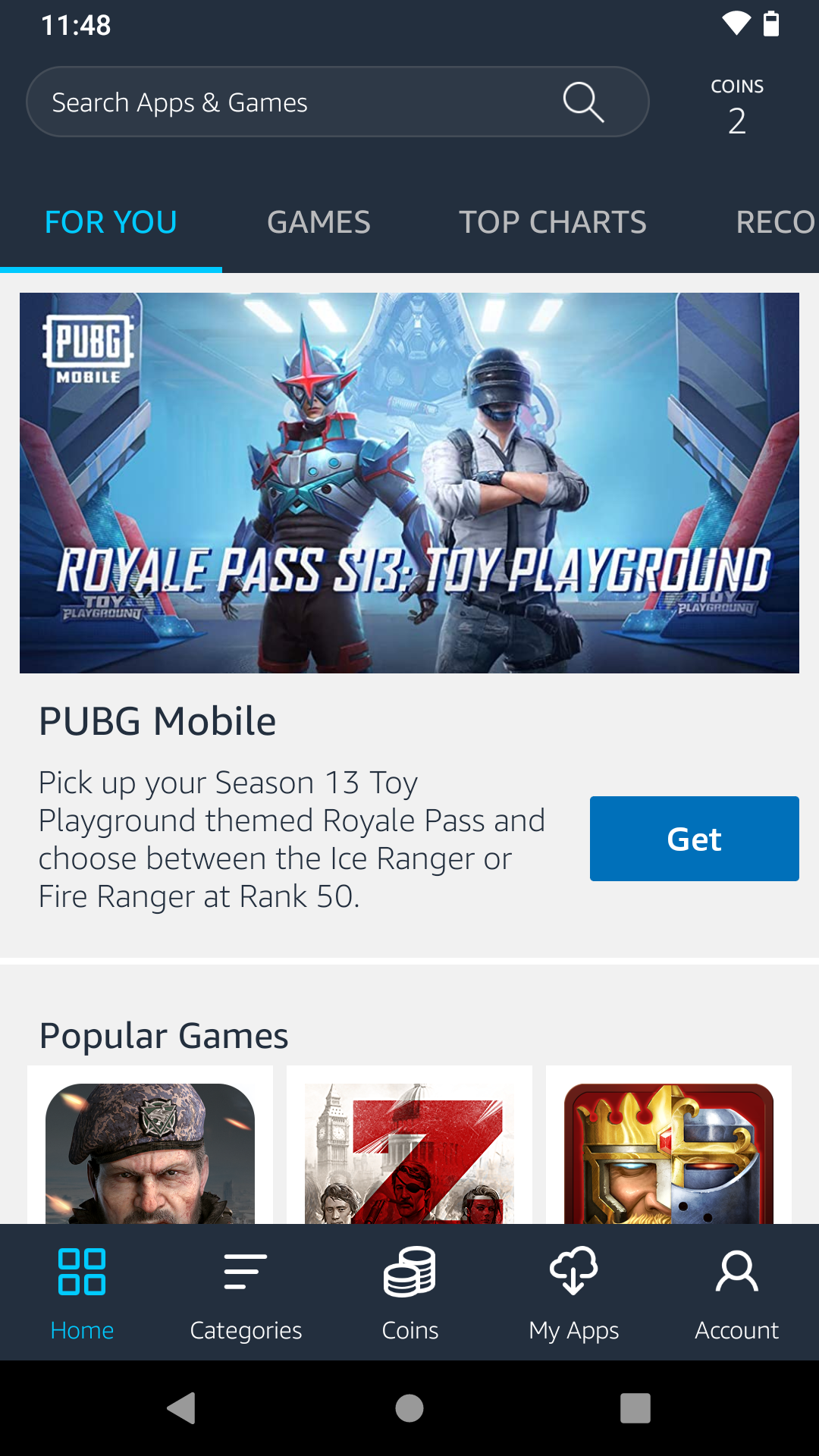
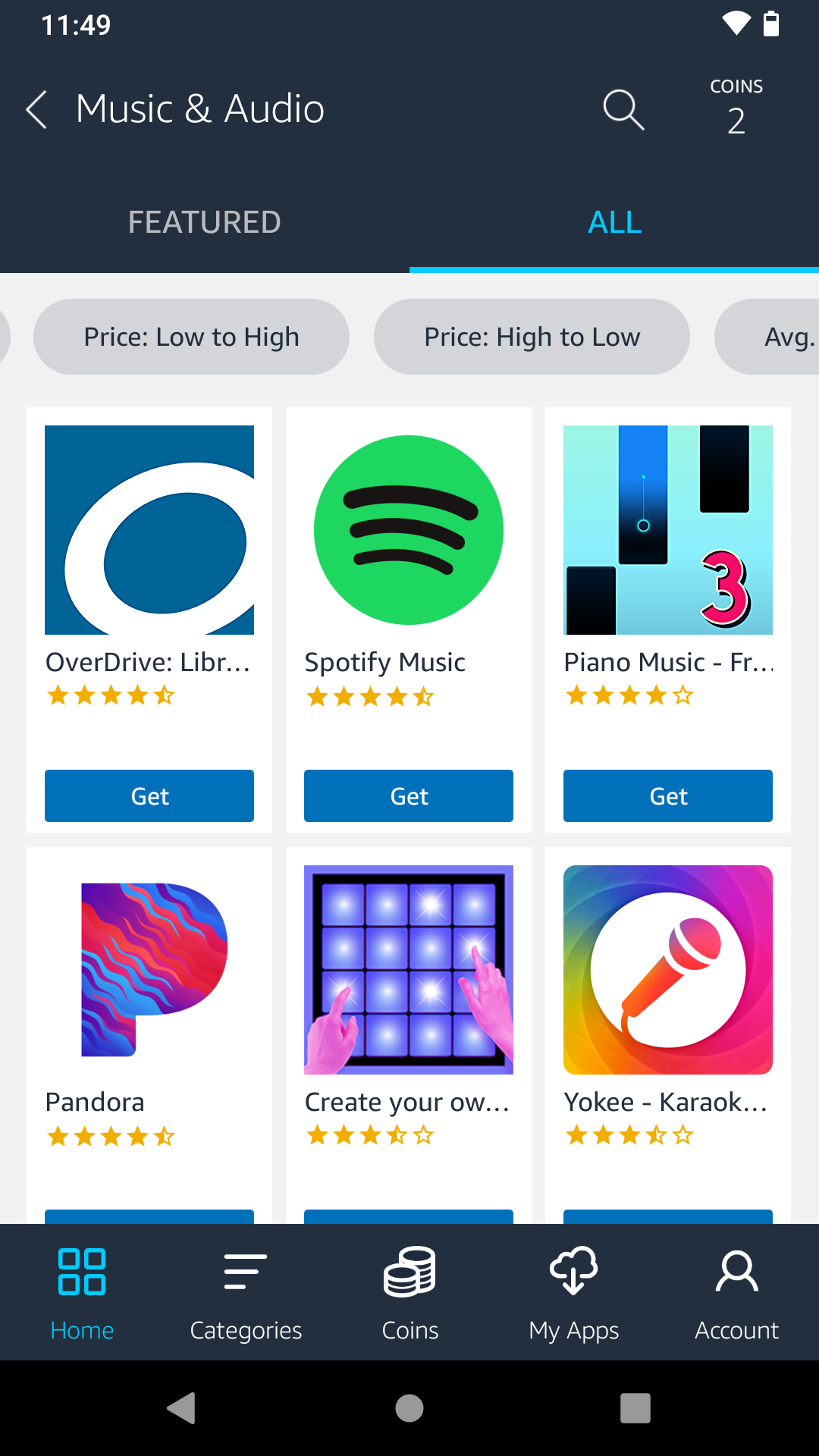
F-Droid is an excellent marketplace for open source apps
Another alternative app store is F-Droid. It's composed of open source games and applications, so its selection is relatively minimal. Unlike the Amazon Appstore, you won't find social apps like Twitter or Instagram. Still, it might have something specific you're looking for, like a FOSS fork of Telegram. Browse F-Droid's library and download the app store from its official website.
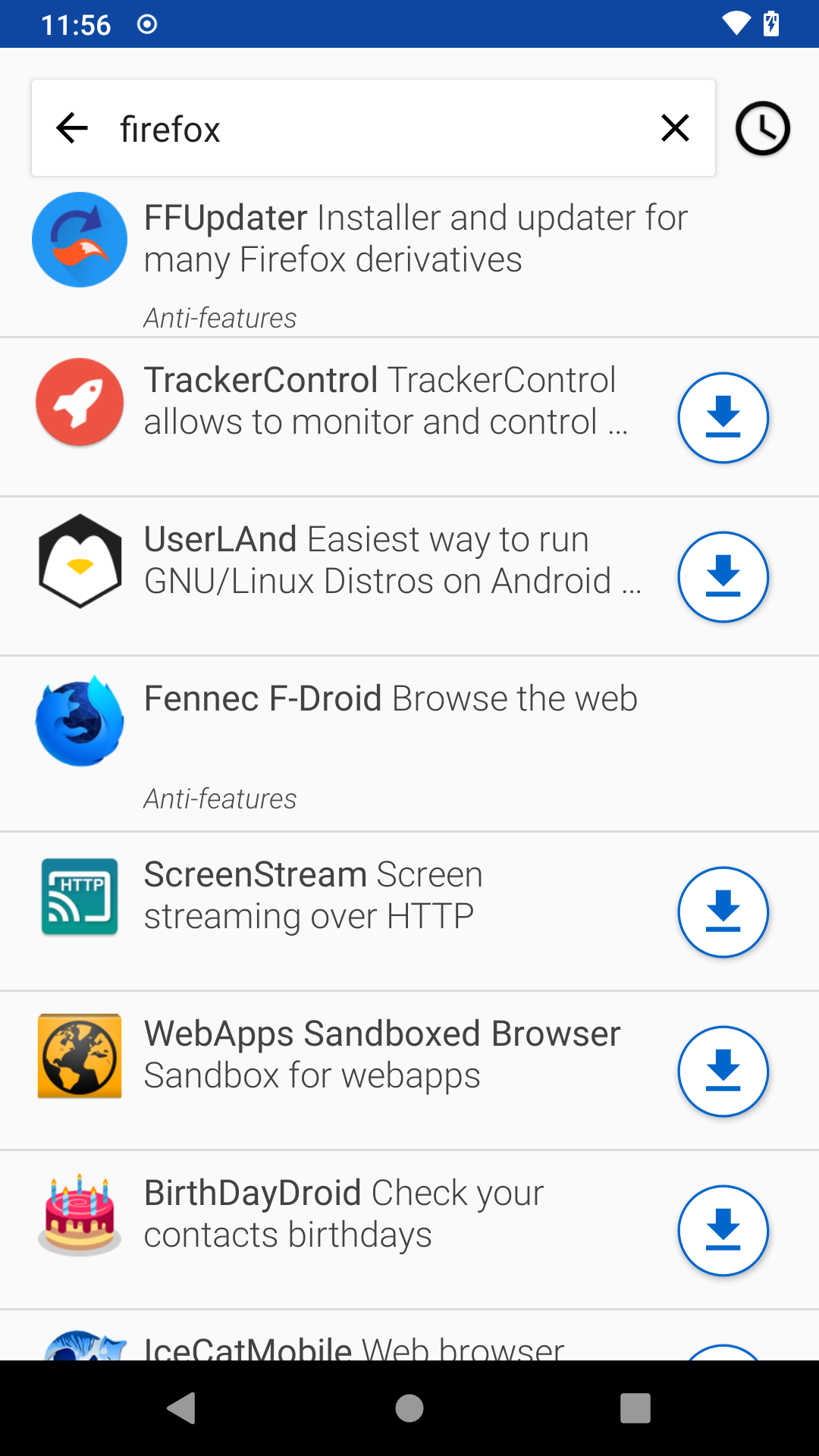
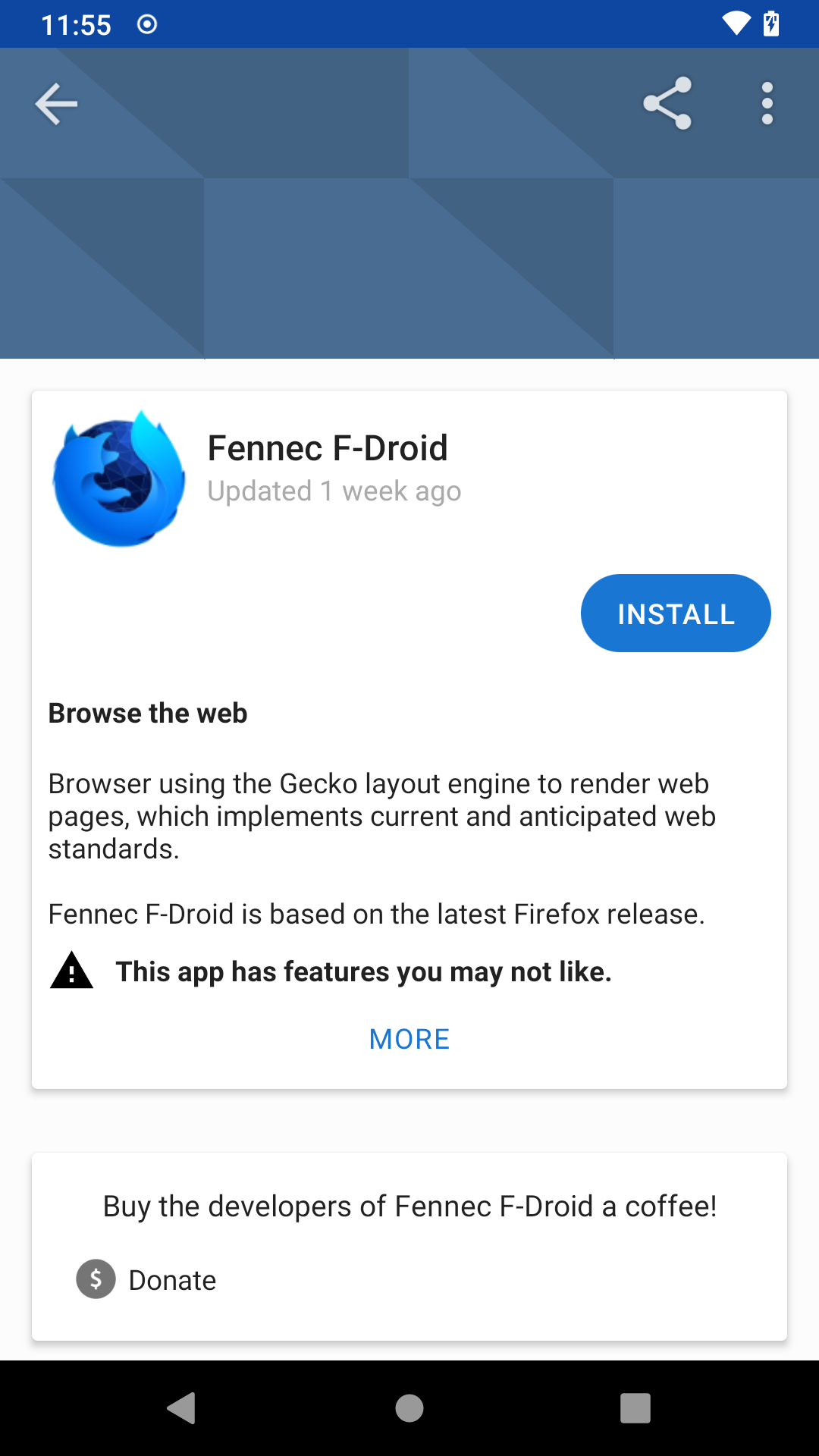
Use direct downloads from sites like APK Mirror
If you can't find your apps on an alternative store, download the applications you need via APK Mirror. It's a repository of Android applications mirrored from the Google Play Store. Most Google apps require Google Play Services and other framework APKs to function without an issue. Even if you download them from APK Mirror, they may not work on your phone without installing Google Play Services.
Don't install paid apps using pirated or cracked APK downloads. You won't find these on APK Mirror, but these links are common across the rest of the web. In most cases, you'll set yourself up for trouble with malware or other dangerous files. Even if you aren't, we recommend supporting developers, especially because small, independent teams usually create a large portion of paid apps.
How to install the Google Play Store on your device
If you considered these but prefer to install the Google Play Store on your device, try the following instructions.
Enable installation from unknown sources
The first step in this process is activating apps to be installed from unknown sources if the option exists on your device. This allows you to open and install applications from downloaded APK files, which is how you'll get the Google Play Store running. Check out the following steps to get started:
1. Open the Settings app on your device.
2. If there's a search feature, enter unknown and look for an option for unknown apps or unknown sources. Depending on the device manufacturer, it may be called something else. For example, the latest Google Pixel smartphones identify this feature as Install unknown apps.
3. If your Settings app doesn't have a search function, the option should be located in the Privacy or the Apps & Notifications section.
4. Select the app that you want to allow the unknown sources setting. Because you likely don't have the Play Store installed on your device, it's probably not Chrome but a similar browser.
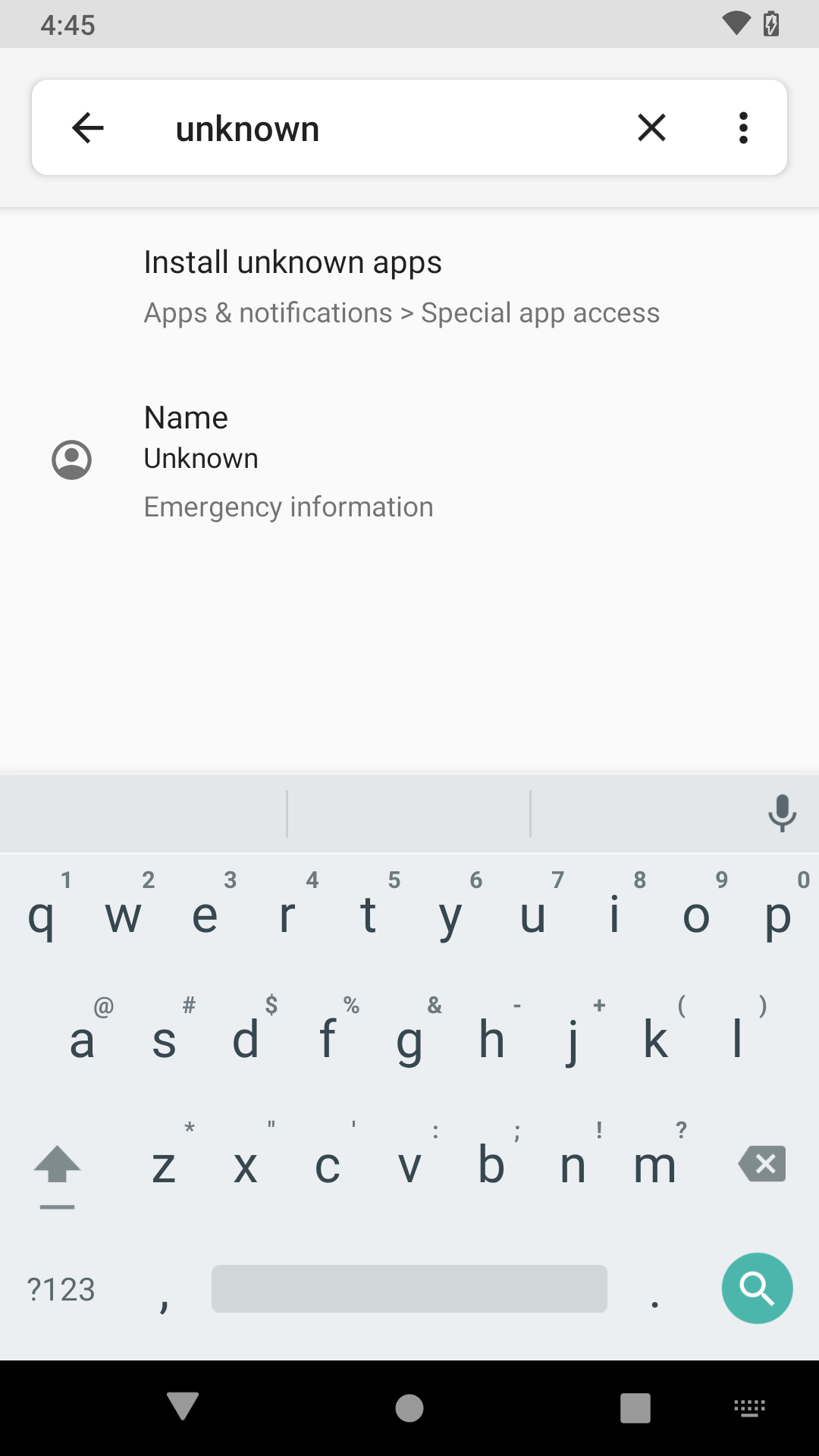

5. Flip the switch to the on position for Allow from this source to activate the setting for that app.
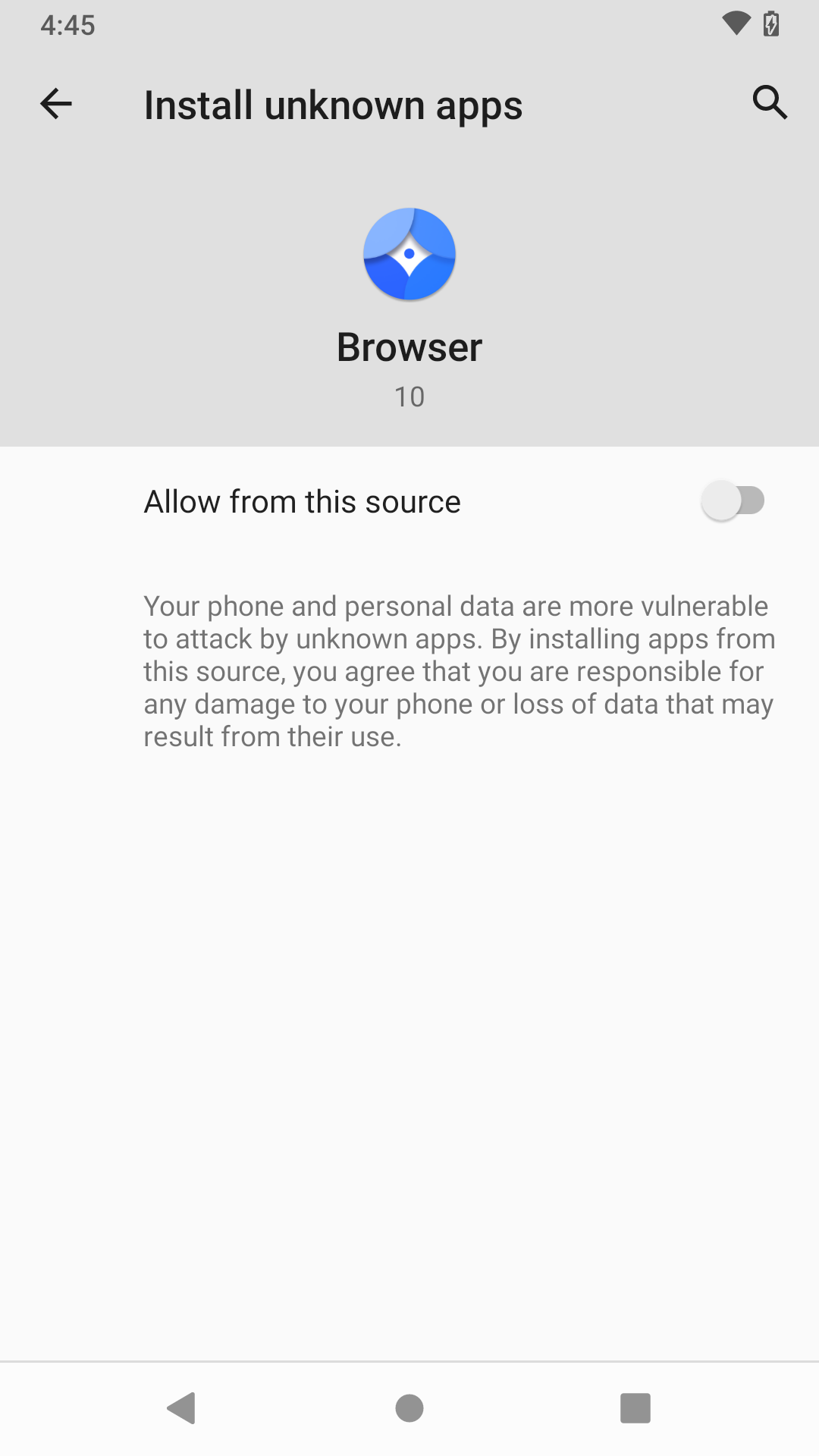
Find your device information
The files needed to install the Google Play Store are based on your Android OS version and the device's hardware platform. While this is usually found in your device settings, it might list information about your specific software instead of the general OS. For example, Fire tablets only display the Fire OS version, not the core Android version. As such, you can use a third-party tool to find what you need to use.
An app called Device Info HW does the job. It's available via the Google Play Store. Since you don't have that, grab it from APKMirror. Go to the app's APKMirror page on your device, select the latest available version, and click the Download APK button. When it's done downloading, open it to install the APK file.
After Device Info HW is installed, open it. Note the Android version on the General tab, switch to the SoC tab, and check the architecture listed next to ABI. It should be arm64-v8a, x86, armeabi-v7a, or similar.
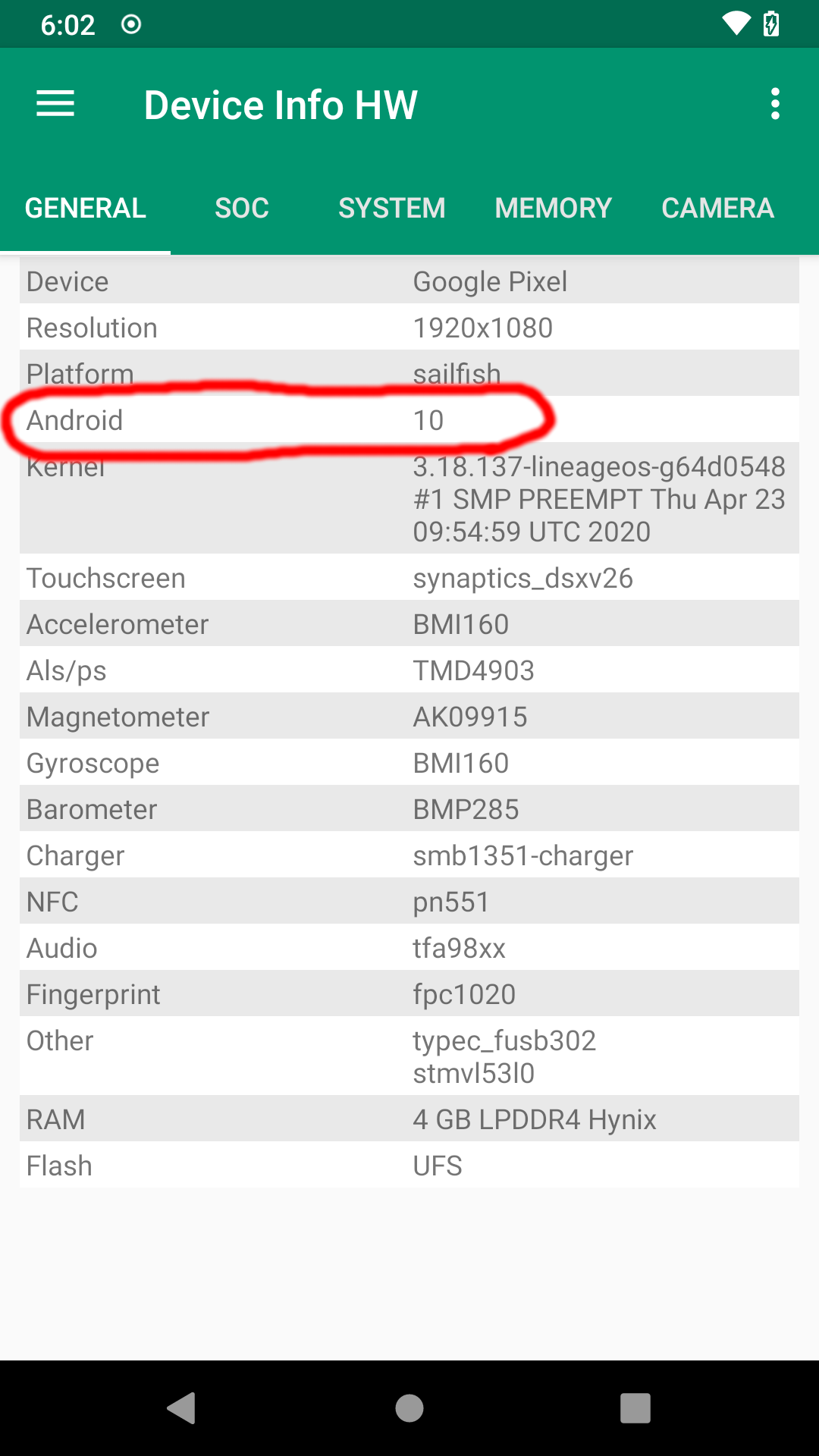
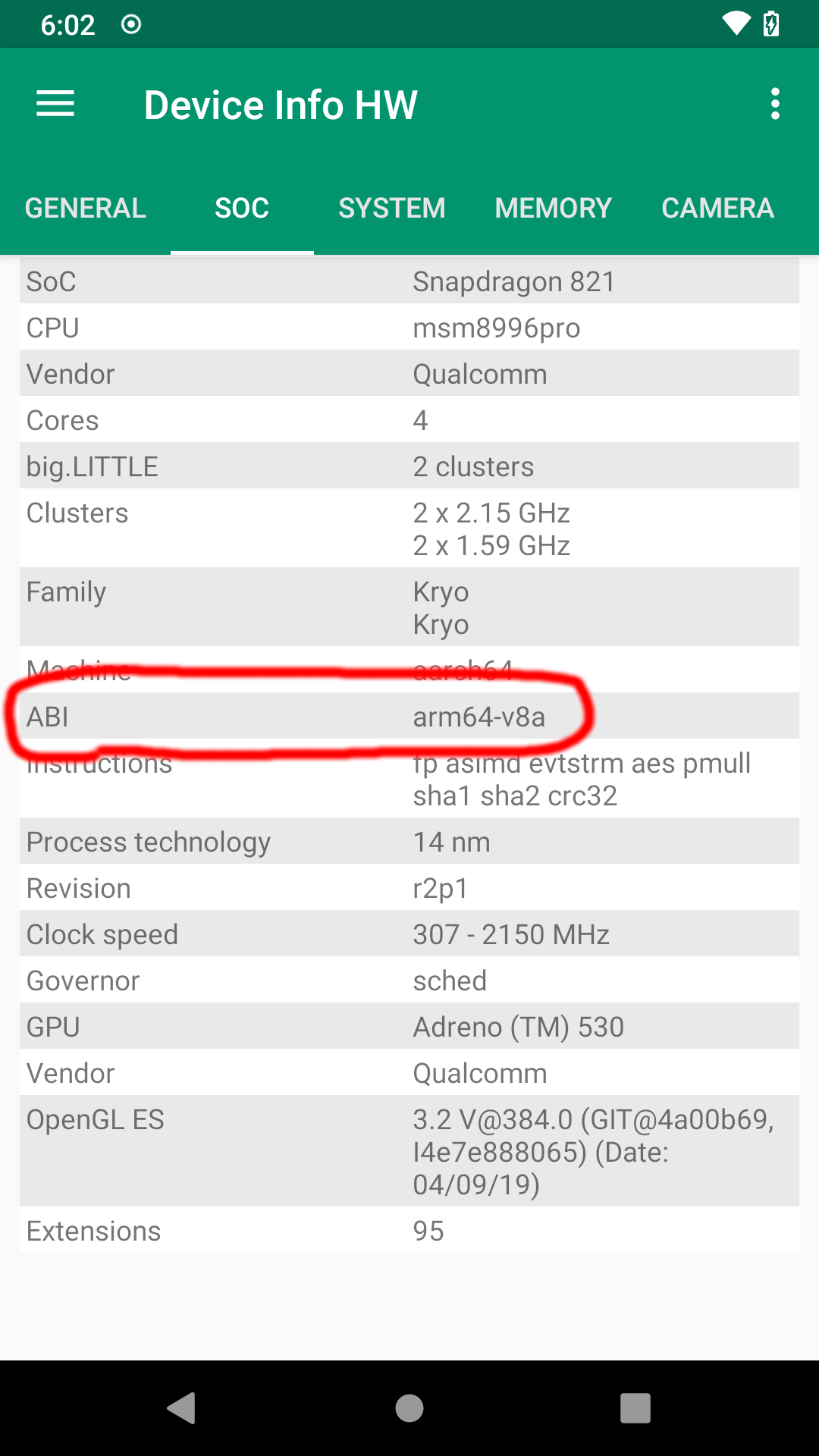
Regardless of your method, you should have two pieces of information: your Android version and CPU architecture. From here, you can install the Google Play Store on your device.
Download all the files required to install the Google Play Store
The next step involves downloading the proper APK files for the Play Store. These steps should feel familiar if you installed Google software on an Amazon Fire Tablet. You'll install four applications: Google Account Manager, Google Services Framework, Google Play Services, and the Google Play Store. The first three apps handle essential account services and APIs, while the last app is the store.
The Google Play Store files you'll download in the section below must be installed directly onto that Android device. If you haven't done so, open this article on your phone to make things easier. It can save a few steps instead of downloading and transferring those files from a computer to your phone.
Google Account Manager
Unless your device is running an old version of Android (Android 5.0 Lollipop or older), download Google Account Manager 7.1.2. Go to that page and tap the main Download APK button. Do not open the APK file after downloading it. You'll do that later.
You don't need an older version of Account Manager. If you run an old build, dig through the archived versions of this app and look for a variant that targets your version of Android. As an example, Google Account Manager 5.1-1783956
Google Services Framework
Google makes its Services Framework APK simple. Go to this APK Mirror page and select the version that closely matches your Android OS version. For example, if your tablet runs Android 12, choose Google Services Framework 12. Again, do not open the APK.
Google Play Services
This one is crucial, providing most of the behind-the-scenes functionality for Google Play Store. However, things can get tricky since different versions are available based on the Android OS and your hardware architecture. Go to the APK Mirror page for Google Play Services and select the latest release that isn't marked beta.
While the APKs for the last two applications usually have one variant for each version, Google Play Services has multiple options based on various configurations. Here, you'll find the combination that matches your Android OS version and hardware architecture. This is the information you checked out earlier.
For example, a Google Pixel running Android 10 uses the arm64-v8a architecture, so select the APK for Android 10+ and arm64-v8a + armeabi-v7a. The plus symbol means it works on both listed architectures. When you find the variant for your device, select it and download the APK. Once again, keep it unopened.
Google Play Store
Google distributes the Play Store as a single variant that works on all architectures and Android versions, making things simple. Go to this page and download the latest stable version, avoiding the beta releases. And, as with last time, don't open it just yet. That's your next step.
Install all the files to get the Google Play Store up and running
Now comes the final step: installing the Play Store. Find the file browser on your device and open it. If you don't have a file manager, download and install the latest version of Files by Google. In your file manager, you'll see the four APK files. If not, go back and figure out which one you missed.
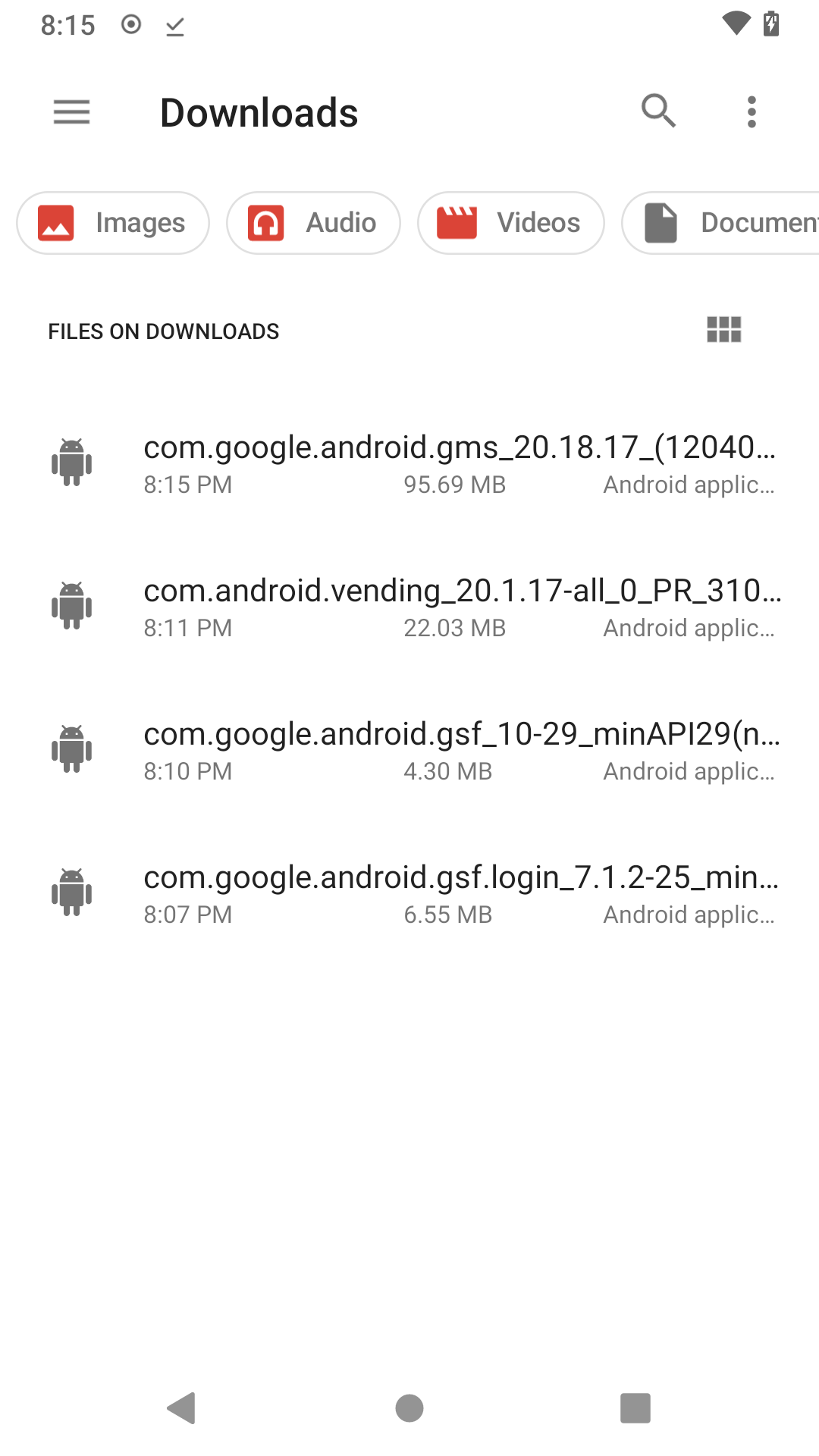
Open the apps in the order below, and when the installation is complete, tap Done and not Open. This is the exact order in which you downloaded the APKs: Account Manager, Services Framework, Play Services, and Play Store. Installing the apps out of order causes the Google Play Store not to work. Also, if you have an SD card, remove it during these installations.
- com.google.gsf.login
- com.google.android.gsf
- com.google.android.gms
- com.android.vending
When all four apps are installed, reboot your device. If one of the applications fails to install, it means you downloaded the wrong APK variant. In this case, double-check the CPU architecture and Android version. For example, if your device has the arm64-v8 architecture, download the variant for armv7a. Some low-end devices (like Amazon Fire tablets) have arm64 processors but run Android in 32-bit armv7 mode.
If you can open and sign in to the Play Store, you did it. Now, you can download any Android app or game without worrying about your device being unsupported. If the Google Play Store doesn't work, or you get alerts about Play Services crashing, you might be out of luck. Diagnosing why Google's software doesn't run on every unsupported device is nearly impossible. If you want to start again, uninstall the four apps you downloaded using this guide and start again. Sometimes, it comes down to choosing the right software for your phone or tablet.
If every attempt fails, getting the Play Store to function on your device may require complicated steps like rooting or installing a custom ROM. If you have to give up on your attempt, go to the All applications section of your Settings app and uninstall all four APKs to prevent further popups about crashing (and potential battery drain issues from Play Services constantly restarting).
Still struggling? Consider a different device
Installing the Play Store on unsupported devices is, for the most part, easy to get in place with some guidance. When it comes to forked builds of Android, there's plenty of space for things to go wrong. If you have yet to buy a tablet or smartphone that doesn't run Play Services out of the box, look at supported options. You won't jump through hoops to access the likes of Chrome and YouTube, and official support gives you contact channels if anything goes wrong with your installation.
These devices aren't much more expensive than alternatives that haven't opted into Google's terms and conditions. You'll find Android smartphones for as low as $100 with the Play Store installed, while tablets often start as low as $80. While we can't guarantee every experience delivered by budget Android devices will compete with the Galaxy S24 lineup, it's still an easy, trusted way to get into the Play Store.

